- Don't let the shrimp production chain be broken when the US imposes reciprocal taxes
Ca Mau is one of the localities with strong development in shrimp farming, leading the country in terms of area, output and export turnover (KNXK) for many consecutive years. The whole province currently has about 303,264 hectares of aquaculture, with many diverse types of production, bringing high economic value.
The province's annual export turnover reaches 1.2 billion USD. Specifically, in 2023, seafood export turnover to the US market reached 70.98 million USD, accounting for 5.91% of the province's total export turnover. In 2024, it reached 76.78 million USD, accounting for 6.07% of the province's total export turnover.
In the first three months of this year alone, seafood export turnover is estimated at 236 million USD, up 9% over the same period. Of which, the US market is estimated at 12.86 million USD, accounting for 5.42%.
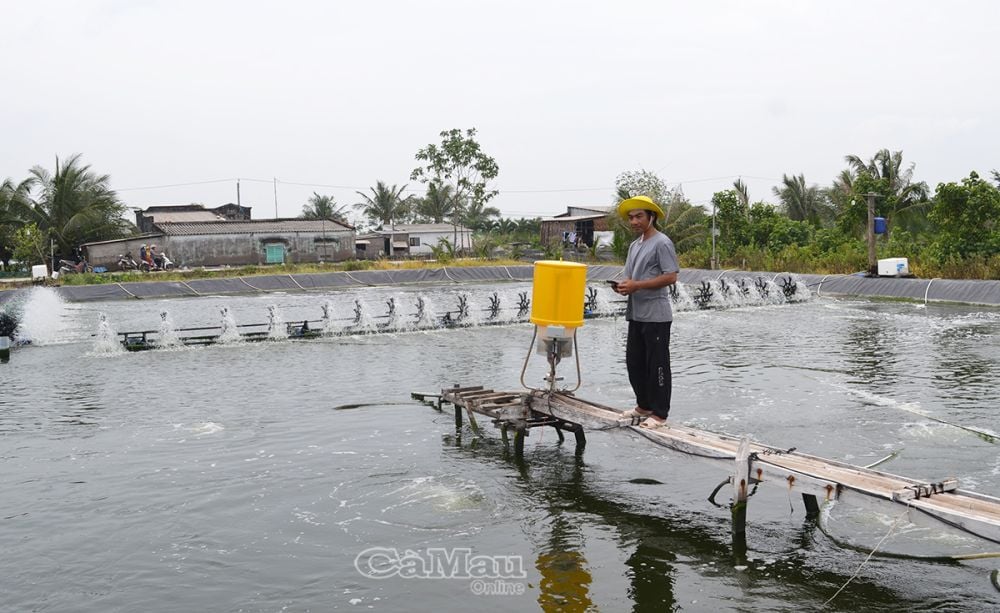
Mr. Tran Tan Tai, a raw shrimp trader in Cai Nuoc district, said: “Right after the US announced the postponement of the reciprocal tax, the price of raw shrimp in the market is gradually stabilizing and increasing slightly again. Specifically, the price of white-leg shrimp of 20 pieces/kg is 200,000 VND, an increase of 10,000 VND/kg; the price of 30 pieces/kg is 146,000 VND, an increase of 7,000 VND/kg; the price of 40 pieces is 127,000 VND, an increase of 5,000 VND/kg compared to the time of the tax announcement. With the current stable price, after deducting expenses, shrimp farmers have more profit than before.”
According to Mr. Tai, before that, on April 2, the US announced a 46% reciprocal tax rate on goods from many countries when imported into the US market, the price of raw shrimp in the Mekong Delta region, including Ca Mau province, began to decrease by 10-20 thousand VND/kg, depending on the segment and size of shrimp.
The decision of US President Donald Trump to postpone the imposition of reciprocal tariffs is really good news, helping businesses and shrimp farmers have more opportunities and confidence in this shrimp crop. This is reflected in the fact that shrimp prices have increased again in recent days, consumption has been more favorable and shrimp farmers have returned to stocking more shrimp.
Currently, the combined extensive shrimp farming area is 81,325.28 hectares, with farmers raising 99% of the area; improved extensive shrimp farming is 190,805 hectares, with 100% being raised; intensive and super-intensive shrimp farming is 6,484.72 hectares with 7,272 farming households, reaching 95.4% of the plan, equal to 97.4% over the same period.
Mr. Huynh Xuan Dien, Director of Tan Hung Cooperative, Tan Hung Commune, Cai Nuoc District, shared: “At this time, shrimp farmers must invest in applying scientific and technological solutions to reduce production costs, increase productivity, ensure quality to improve product competitiveness in this difficult situation. Currently, the Cooperative has successfully researched and tested oxygen generators and water fans, treating the water environment by osmosis method for industrial ponds, which are now in operation, reducing investment costs. In particular, the design and construction of settling ponds at high positions for overflow discharge, reducing electricity in pumping water when not needed.”

Mr. Phan Van Tam, Director of Human Resources and Administration, Minh Phu Seafood Corporation, said: “The decision to postpone the application of reciprocal tariffs by US President Donald Trump gives businesses more time to prepare for the next steps. There is no other way, each business needs to create its own playing field, find ways to untie the knots as well as build a tighter chain of links after lessons on tariffs as well as new environmental policies.”
According to Mr. Tam, in the long term, the shrimp industry needs to implement specific strategies, diversify customer markets and products; master technology, promote adaptability; and proactively adapt to trade barriers set by importing countries.
According to the Vietnam Association of Seafood Exporters and Producers (VASEP), although the decision to temporarily suspend the imposition of reciprocal tariffs from the US has helped export enterprises "breathe easier" and close orders with partners again, the reality shows that risks are still hidden and the threat of trade defense is still present.
To overcome challenges and risks of trade barriers, seafood exporting enterprises are taking advantage of the “golden” time to adjust their production and business strategies; focusing on investing in deep processing and building the “Vietnamese Shrimp” brand associated with quality, sustainability and transparency.
In addition, businesses are stepping up the exploitation of free trade agreements (FTAs) such as EVFTA, CPTPP, RCEP, etc. to expand potential markets with large shrimp consumption demand such as Japan, Korea, Canada, Europe and the potential Halal market, to compensate for orders in the US market if the corresponding tax rate is not changed in the direction that businesses expect after the 90-day tax deferral period./.
Middle Peak
Source: https://baocamau.vn/moc-thoi-gian-vang-de-doanh-nghiep-dieu-chinh-chien-luoc-a38465.html




![[Photo] Prime Minister Pham Minh Chinh receives Country Director of the World Bank Regional Office for Vietnam, Laos, Cambodia](https://vphoto.vietnam.vn/thumb/1200x675/vietnam/resource/IMAGE/2025/5/15/2c7898852fa74a67a7d39e601e287d48)
![[Photo] In May, lotus flowers bloom in President Ho Chi Minh's hometown](https://vphoto.vietnam.vn/thumb/1200x675/vietnam/resource/IMAGE/2025/5/15/aed19c8fa5ef410ea0099d9ecf34d2ad)

![[Photo] President Luong Cuong attends the National Ceremony to honor Uncle Ho's Good Children](https://vphoto.vietnam.vn/thumb/1200x675/vietnam/resource/IMAGE/2025/5/15/9defa1e6e3e743f59a79f667b0b6b3db)






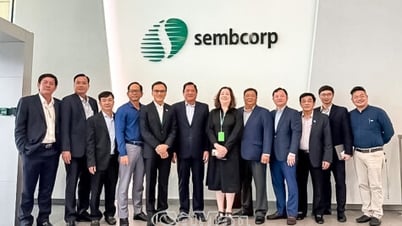
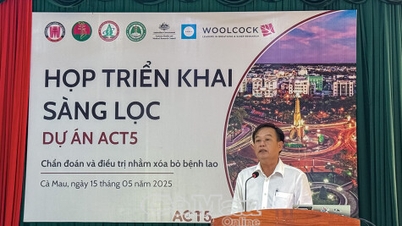
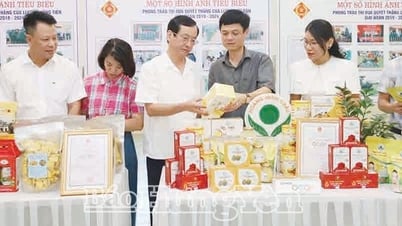





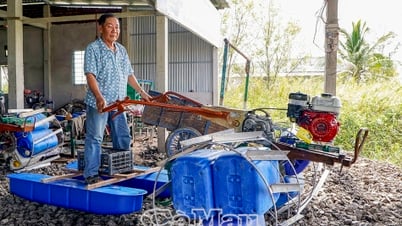
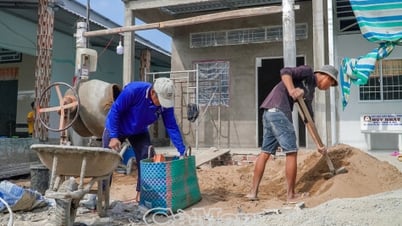

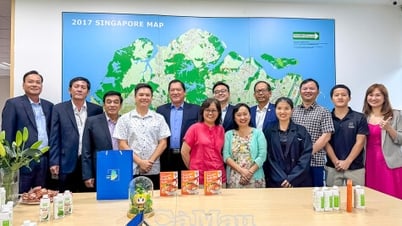


![[Photo] Close-up of An Phu underpass, which will open to traffic in June](https://vphoto.vietnam.vn/thumb/1200x675/vietnam/resource/IMAGE/2025/5/15/5adb08323ea7482fb64fa1bf55fed112)




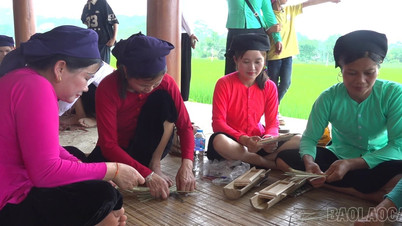

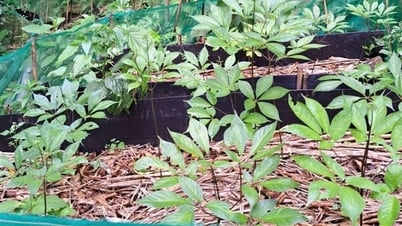

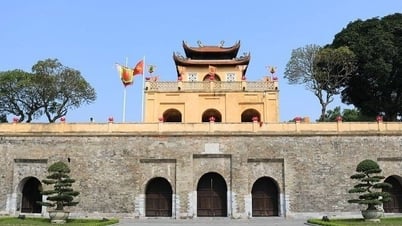





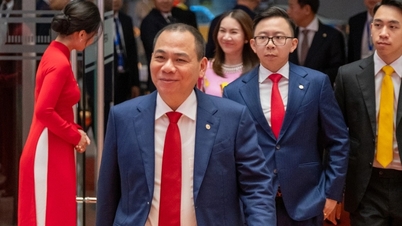






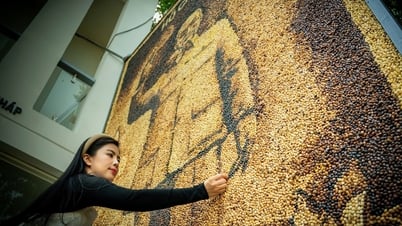


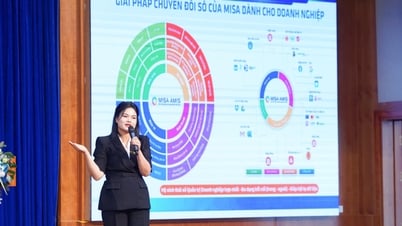







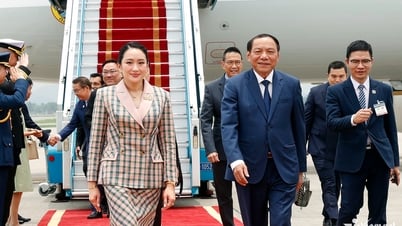

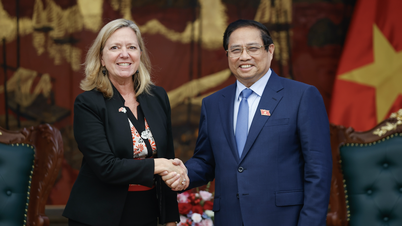






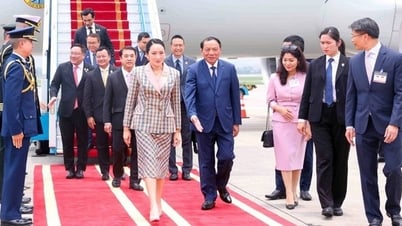

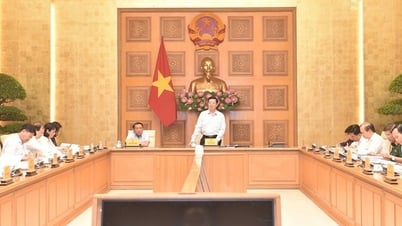



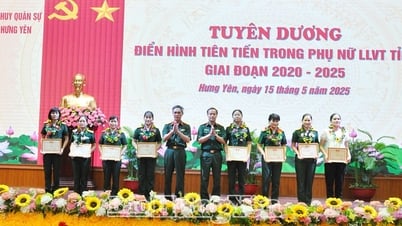




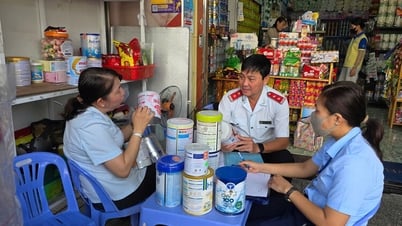
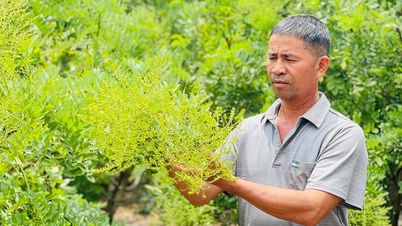

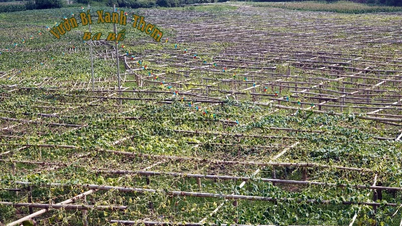

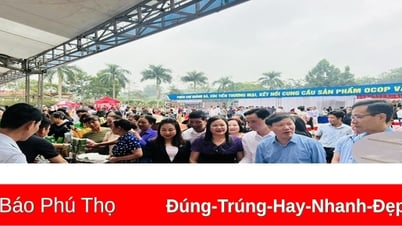




Comment (0)